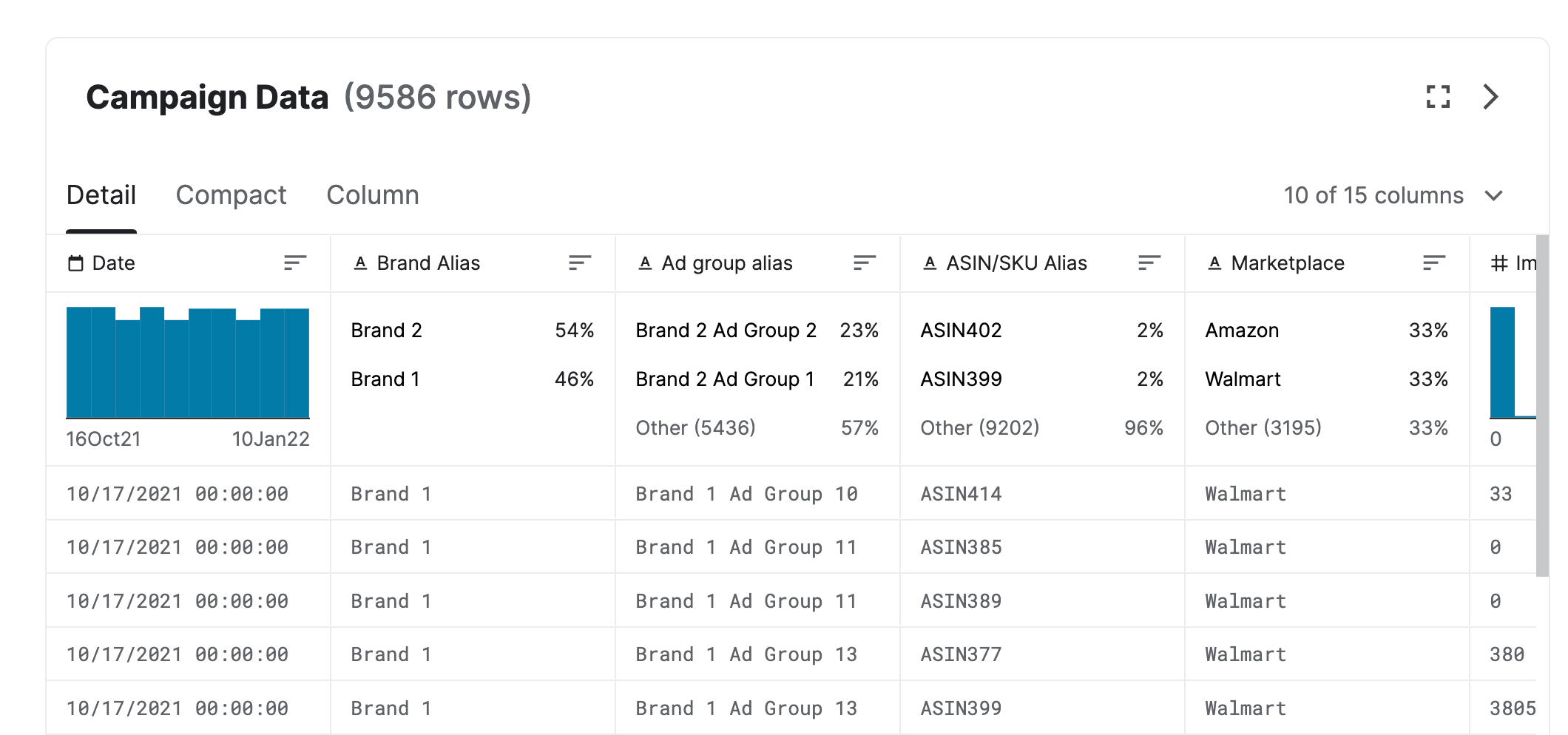
6 Free, High-Quality, Marketing Mix Modeling Datasets
Have you ever been excited to dive into understanding marketing mix modeling (MMM) for a project or just to learn, but got stuck trying to find quality datasets? You’re not alone! It can be a real pain trying to sift through endless data sources to find the perfect one for your needs. Whether you’re a student working on a project, a professional testing a new concept, or someone eager to master MMM techniques, I’ve got your back....


